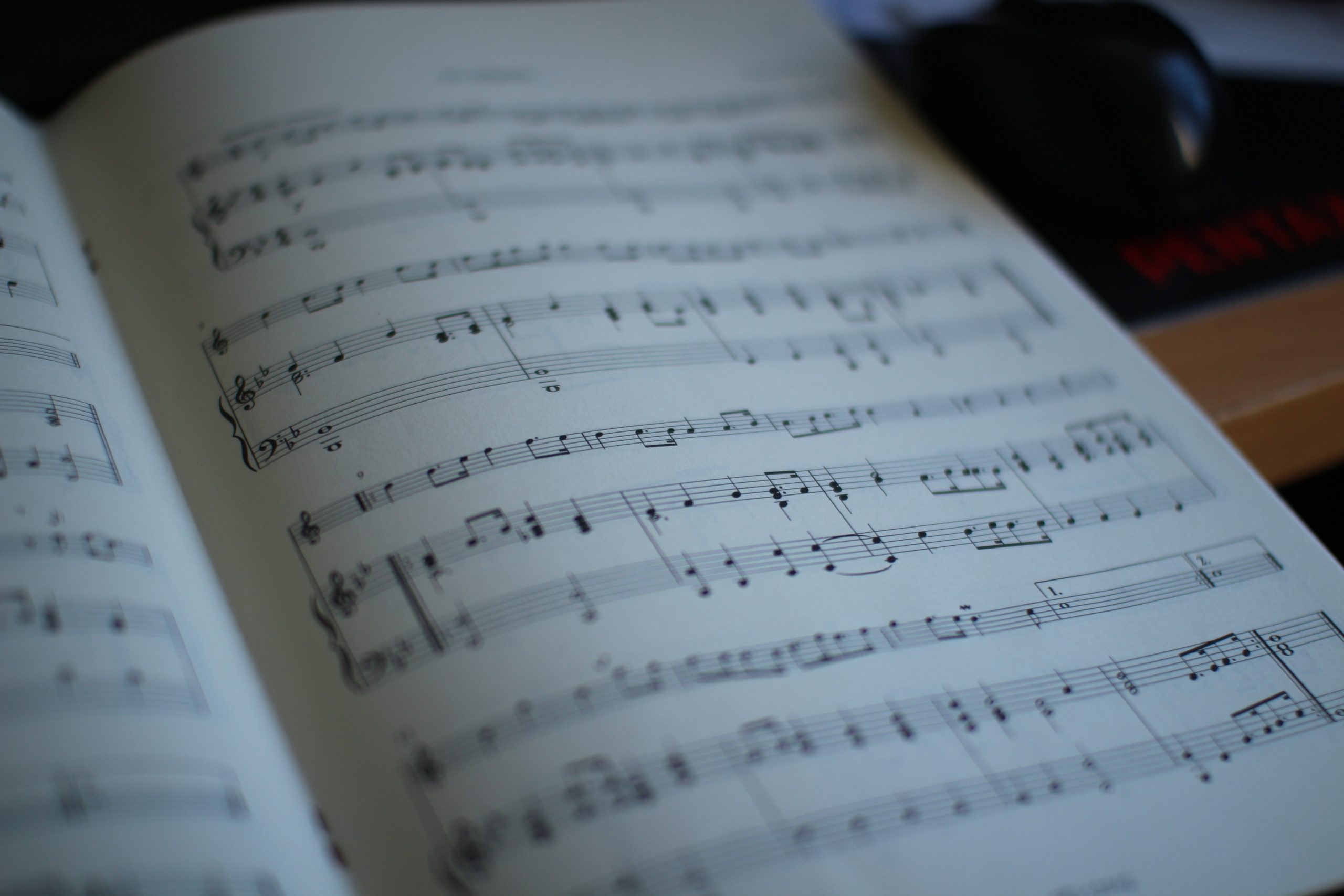
The Value of Sightreading for the Learning Musician
By Alyssa Cowell, Catoctin School of Music
Sight-reading is a fundamental tool that all musicians should take the time to develop. It involves interpreting musical notation, understanding the rhythm, tempo, and dynamics, and playing the music fluently. A student’s ability to read music quickly and accurately on the first (or maybe second) try can build confidence and musical versatility.
The Benefits of Sight Reading
Sight-reading equips musicians to handle unexpected situations: an impromptu performance, an audition, or a rehearsal with a new composition are instances when a musician will appreciate possessing the ability to read and play on the spot. When you can tackle unfamiliar music with a sense of self-assurance, it reduces the fear of making mistakes during a live performance.
Developing Your Sight Reading Skills
The key to successful sight reading depends on your ability to recall sounds that are represented by written symbols – often with sparse reference pitches. To build up your audiation skills, a site like musictheory.net provides limitless ear training exercises. Start small with only a few options and work up to more complex sounds. Practice singing commonly used solfege patterns – even if you aren’t a vocalist – to develop your sense of internalized pitch.
Additionally, a working knowledge of music reading must be developed in tandem with the above-mentioned aural theory studies. Once you can identify the sound of a minor third, you need to be able to identify it when written – practice spelling scales or reciting note names in series of intervals (for example: say the letters of the musical alphabet in thirds or in fifths).
Improving your sight-reading abilities requires practice. Start by selecting pieces of music at your skill level and gradually work your way up. Practice regularly, even if it’s just for a few minutes each day. Use a metronome, drum tracks, or rhythm exercises to improve your sense of timing. There are a lot of great practice programs like Sightreadingfactory.com or MakeMusic’s sight reading studio that allow you to generate endless sightreading practice examples – all based on the criteria you enter. Choose your own time signature, key signature, and difficulty level to build your skills gradually.
Don’t be discouraged if you’re not a virtuoso sight reader from the start! Sight reading is a skill that develops over time; the more you practice, the more proficient you’ll become. Set realistic goals and track your progress to stay motivated. Sight reading is a skill that every musician can benefit from – from the beginner to the professional. It’s not reserved for the elite, either; with dedication and practice, anyone can become a better sight reader.
